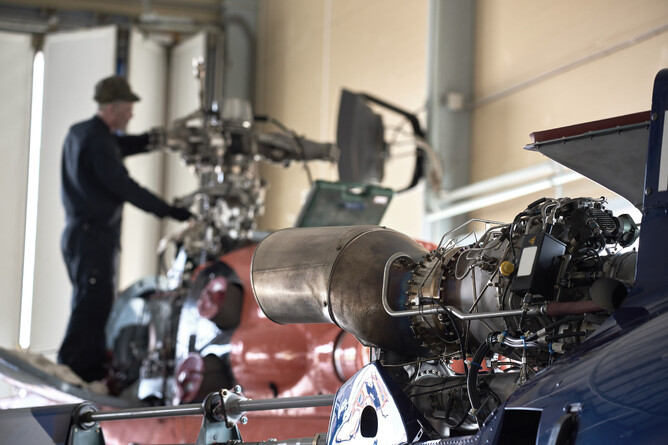Maintenance, Repair & Overhaul (MRO) in aviation, like most other industries, is bombarded with "best practices" and "How to's" from all over the industry. These can be very useful but need to be considered carefully. There are a lot of things that make MRO's individualized and different to others including location, size, environmental factors, staff, structure (and others) which mean that not ever "best practice" is actually best for you.
As written about in our General Aviation operators best practices, best practice's can be a funny thing. For one company, they can do something and it can revolutionize their organization. For another it can hardly change anything and you'll see very little change or improvement. That is why phrases like "Proven Practices" (practices that have been proven to work) or "Next Practices" (taking practices that have worked and moving them to a next iteration) are becoming popular rather than best practice.
It is critical that before you bring a new "proven practice" into your organization you work through if it suits your specific situation well. These steps may help with the decision making process.
A few links to interesting MRO "best practice" articles
Although we need to be careful of best practices, we can all learn a lot from others, what they've learnt and the systems and processes they use.
The MRO Network has written about the potential "Trap of Universal Best Practices". Author Marc Szepan identifies the factors to be careful of especially when you have a remote location facility away from the headquarters of your operation.
In May 2019, Forbes looked the trend of larger airlines are beginning to bring MRO in-house and the potential of original equipment manufacturers (OEMs) creating facilities and services to support their products ongoing and keeping control of their IP.
In the mid 2000's, MIT released an article about the Best practices in Aircraft Engine MRO.Although old and focusing on commercial and military MRO's, the principles still apply and the authors identify best practices in an environmental context, organizational structure, management, infrastructure, workers and the technical core of MRO.
Finally, as a more specific proven practice, Aviation Pros give examples of how aviation & aerospace MRO's are cleaning as they go when working on parts. They reason that it is safer, better and faster to get rid of dust as you work using things like dust containment booth's and tool shrouds to limit the amount of dust in the hangars and overhaul facilities.
Also, once you've decided to make changes, think about how to best implement the change. A good starting point could be to take a look at a post we wrote about change management. We covered 7 things to consider when you are making changes to the way you do things.
- Bringing your team along for the journey of change.
- Finding the detractors to the project in your organization & working with them
- Being careful of changing for the sake of change
- Having someone to lead the change inside of your organization – Your advocate
- Having a clear plan for the change
- Find some places to get small quick wins
- Change takes time
Aeronet is integrated general aviation MRO software, that gives you all the tools to run your aviation maintenance, repair and overhaul business. If you would like a demo of how Aeronet could solve some of your MRO's organizational problems and implement some proven practices, you can request a demo here.

